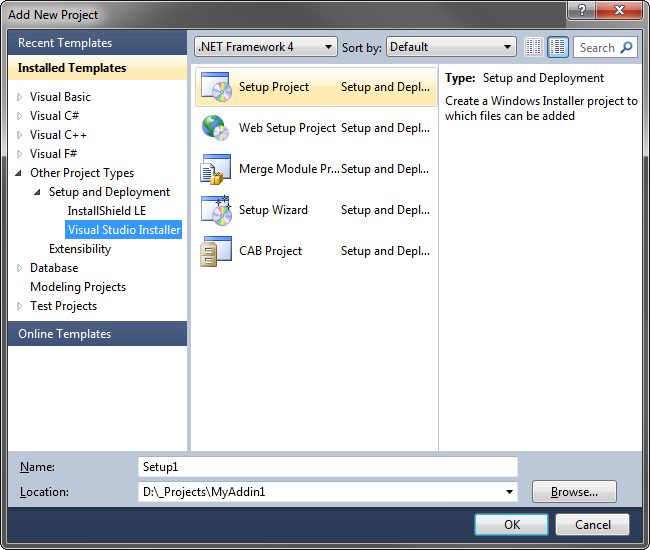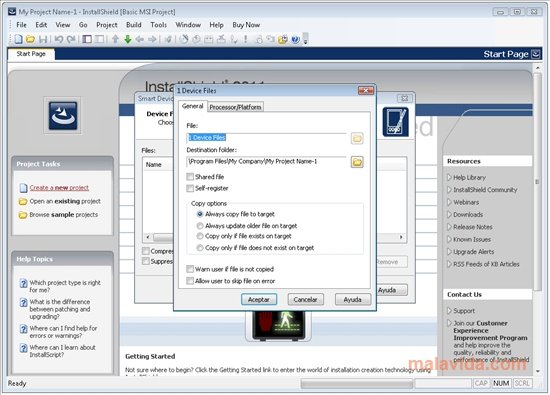

The ToolBox contains a tab named "HostWPFControlInWinForms WPF User Controls". If you want to define the content of the plot in XAML, see WPF (XAML). You can add your user control to Visual Studio Toolbox manually so the User Control is available all the time. Provides 48 controls, all offered under the Microsoft Public License for maximum freedom. This is about using ElementHost control for interop (to use XAML in Windows Form).Add custom controls to Visual Studio toolbox.It looks like this: To manually add the WPF Edition controls to the Visual Studio Toolbox, complete the following steps: Open the Visual Studio IDE (Microsoft Development Environment), and the desired WPF project.

For best usage, you will want to first place a ToolBarTray onto the container (I’m using a. Open the Toolbox panel, then click the Choose Items. Next, add the ConnectCode WPF Control to the Toolbox. Select the "UI for WPF" tab in the toolbox.


 0 kommentar(er)
0 kommentar(er)
